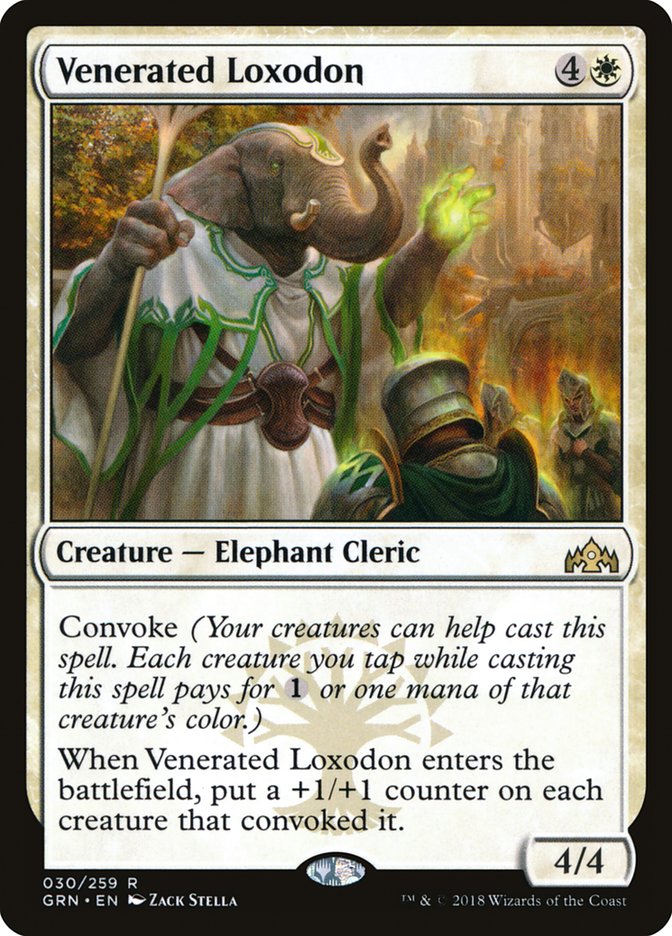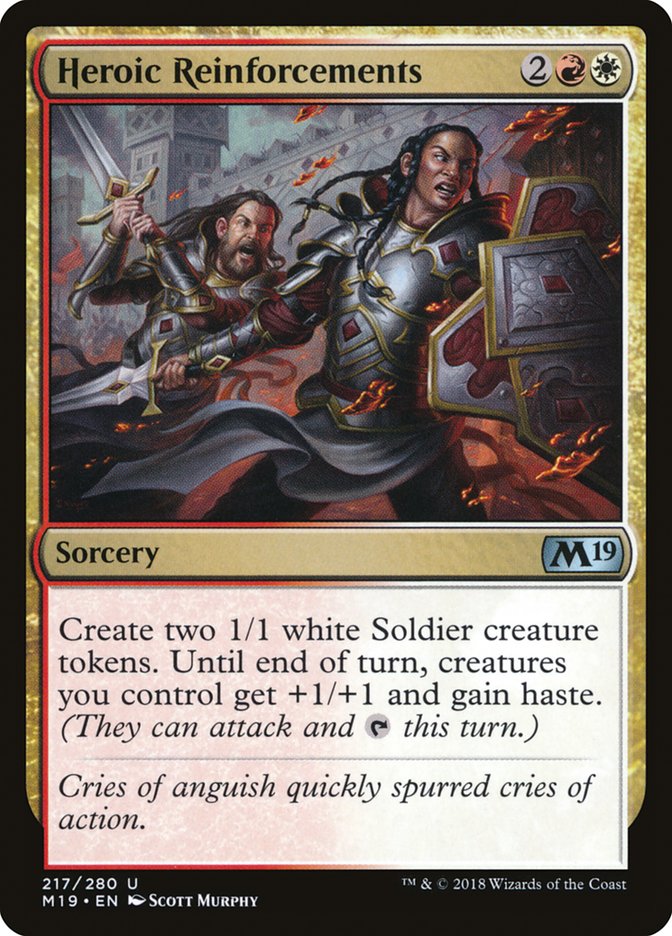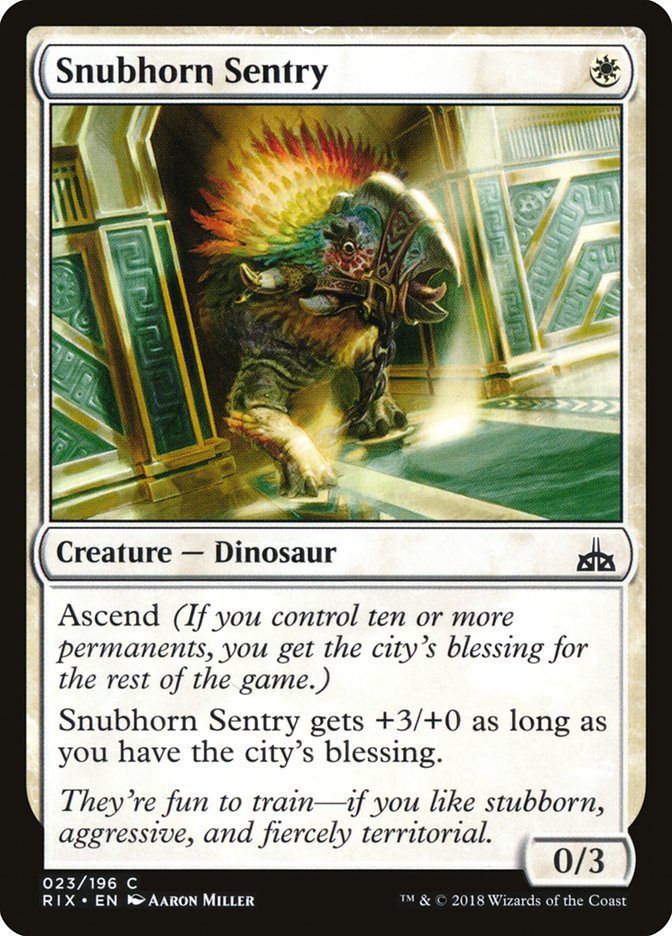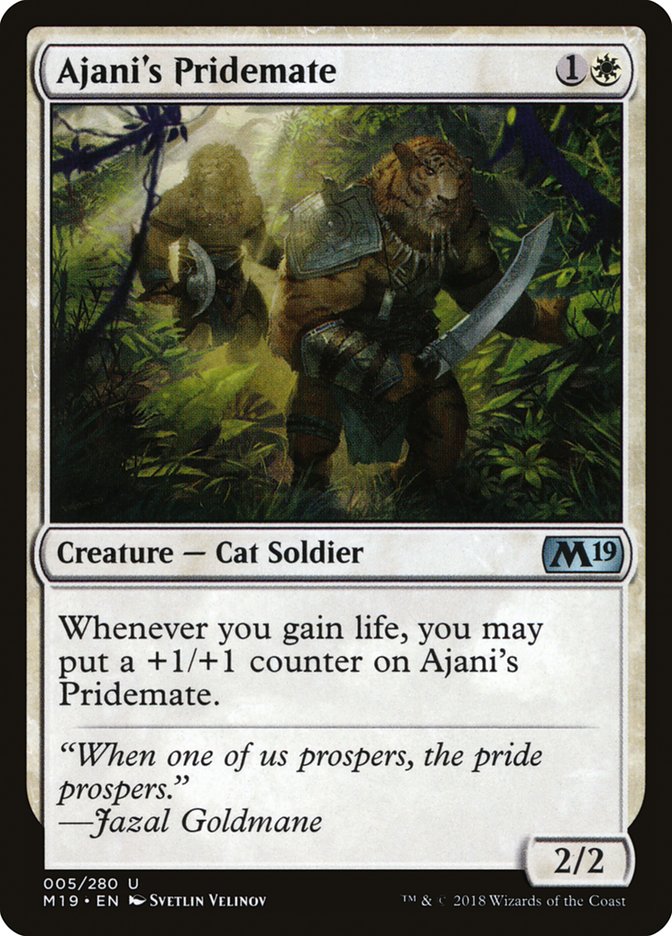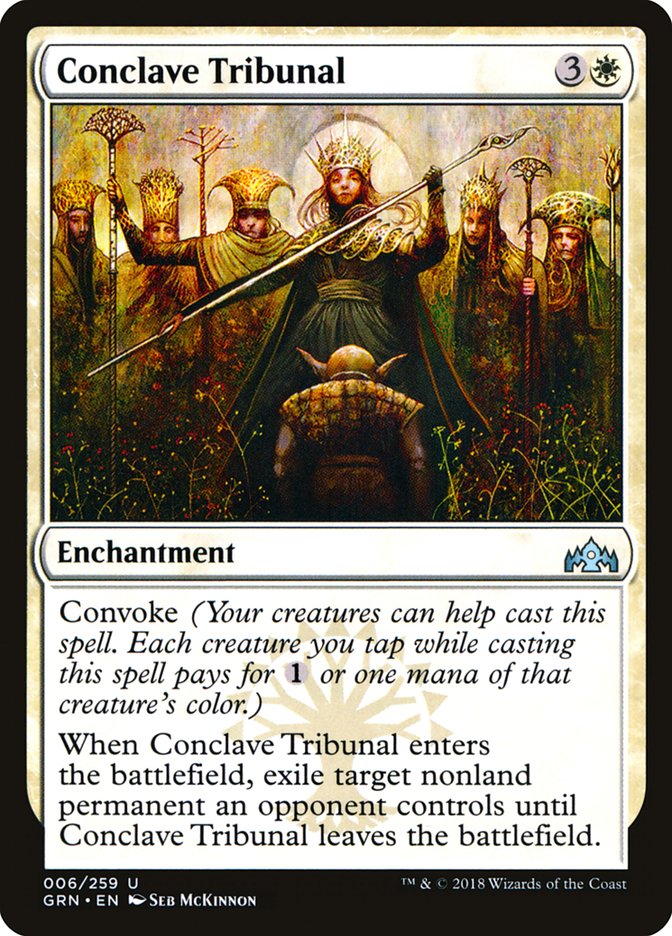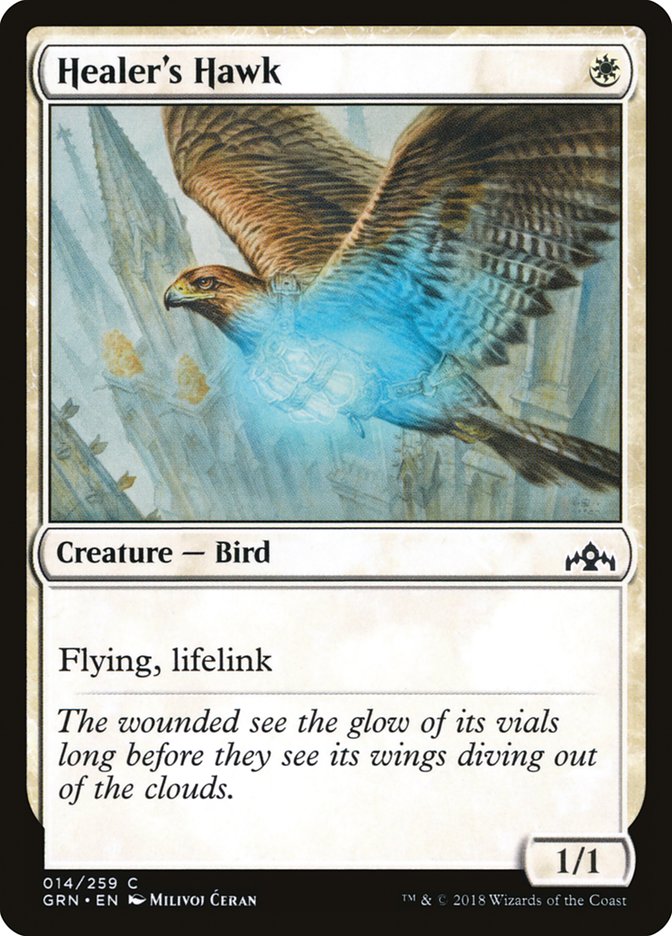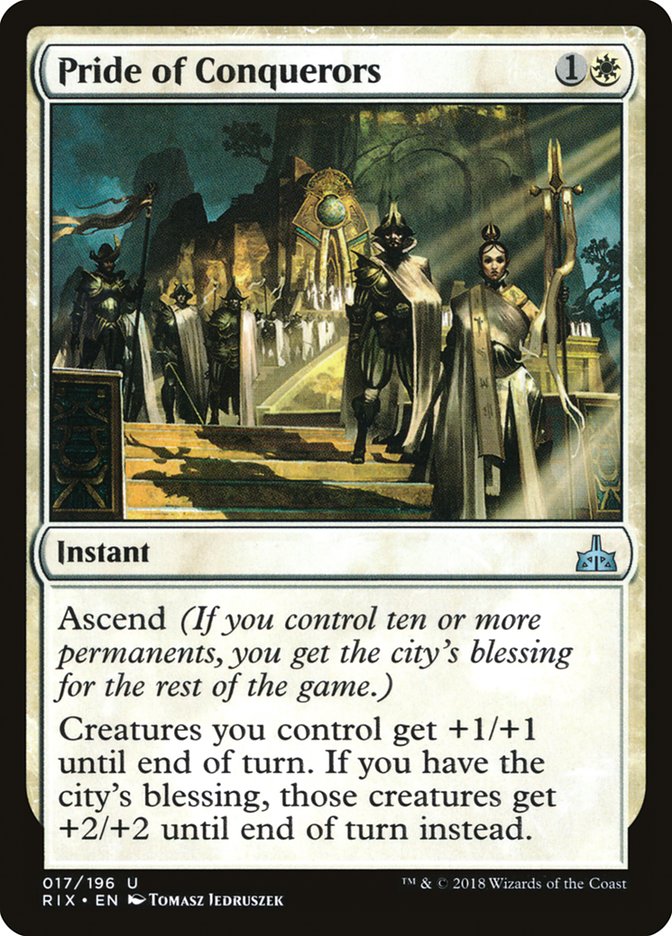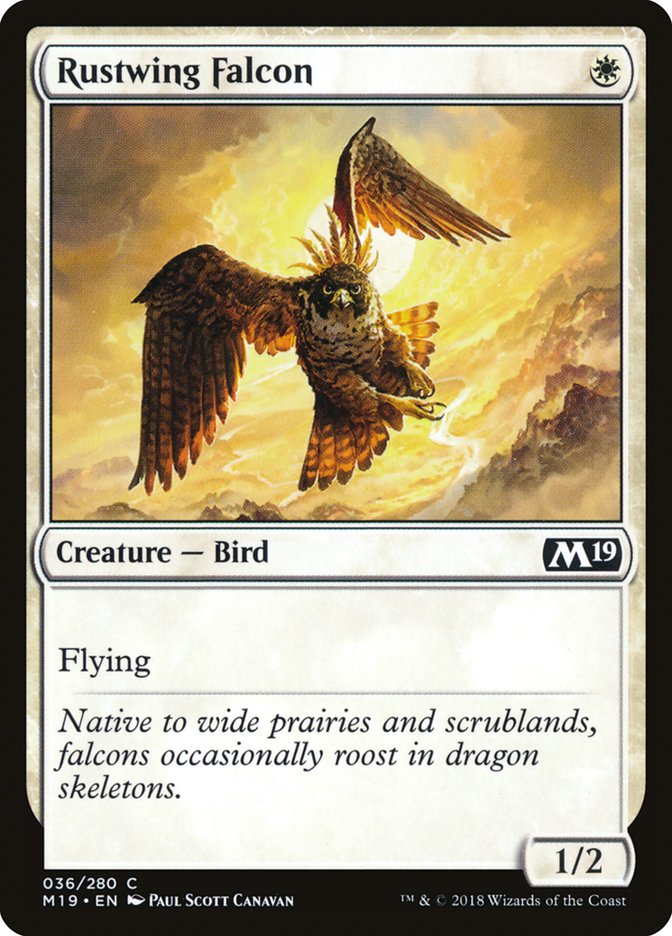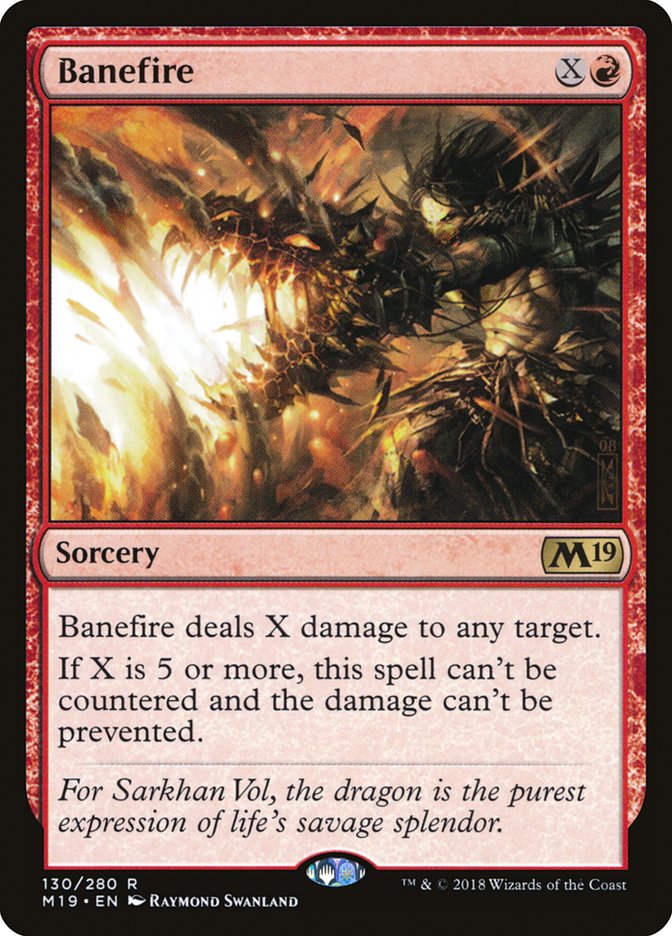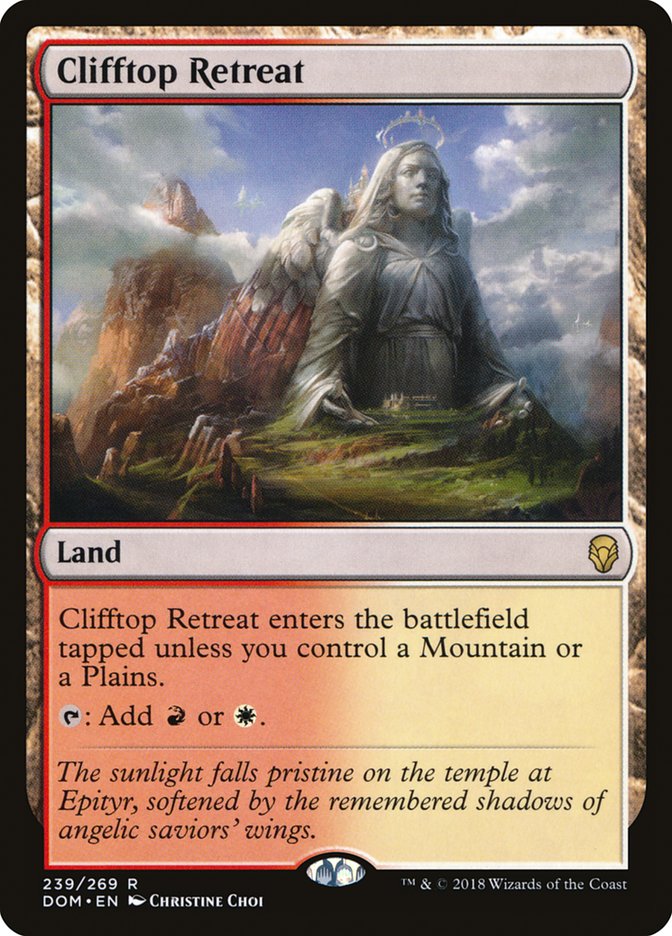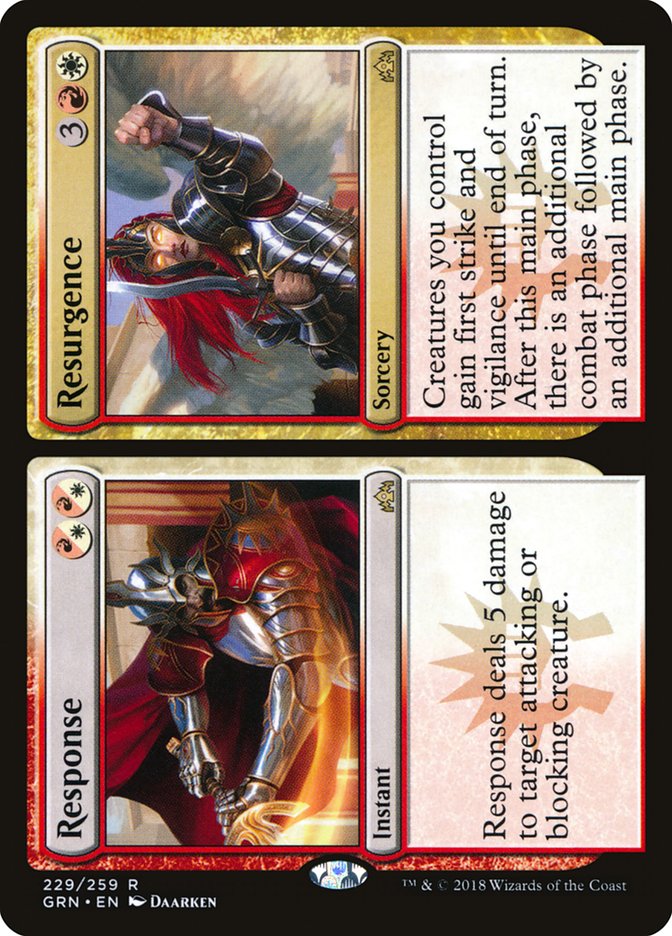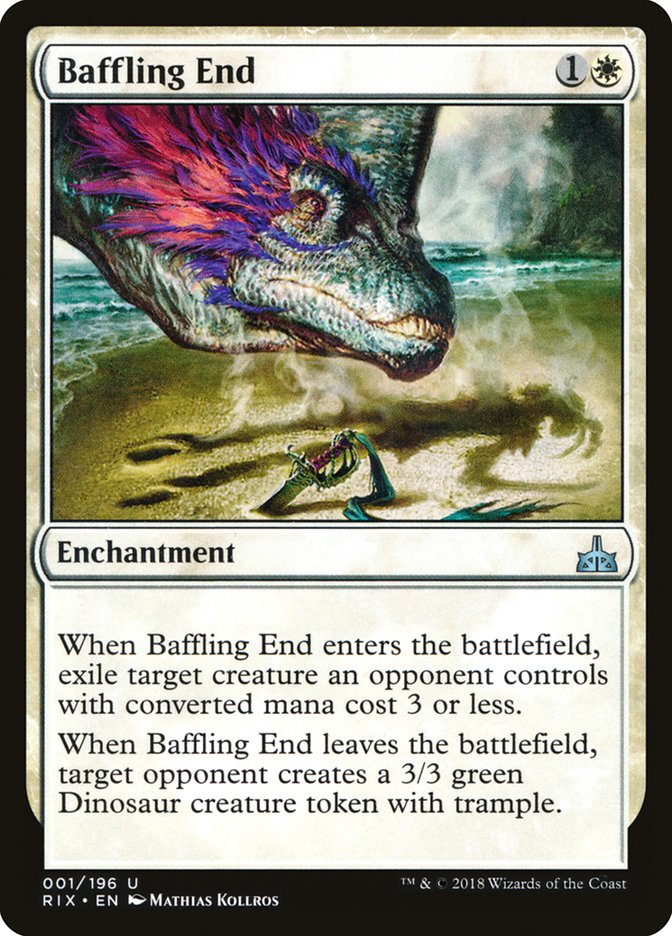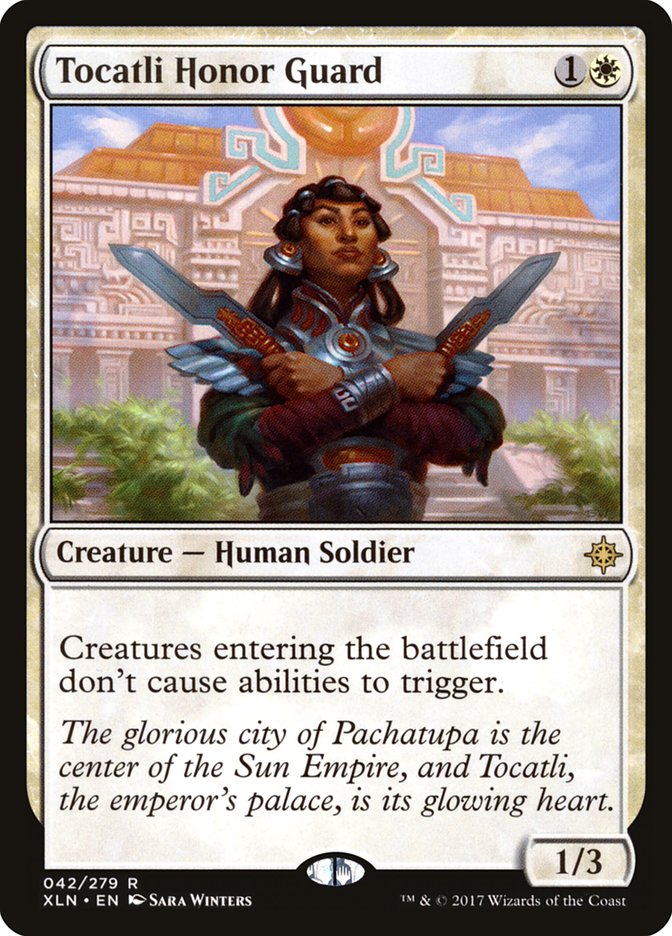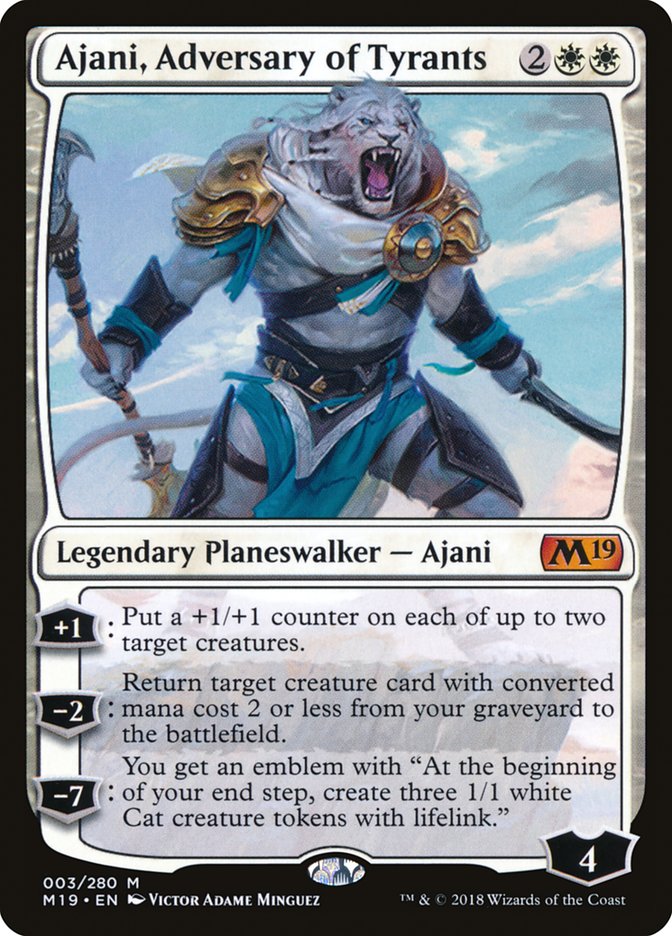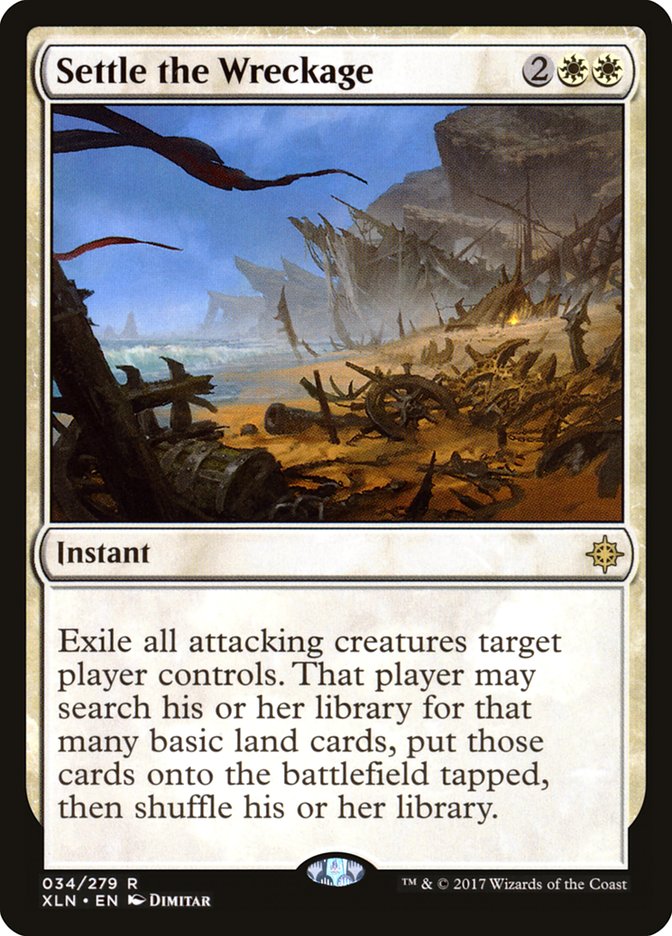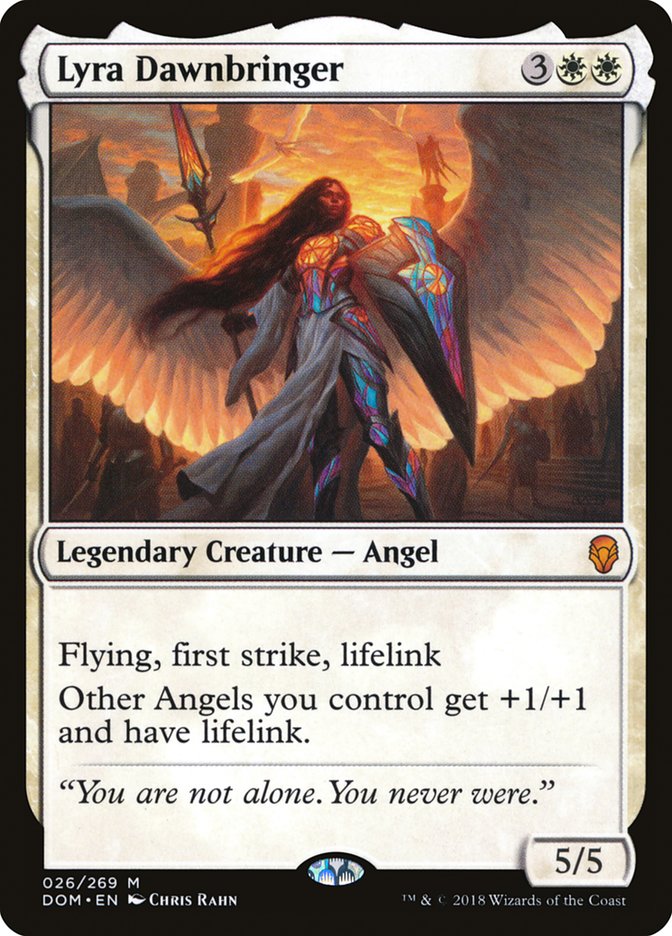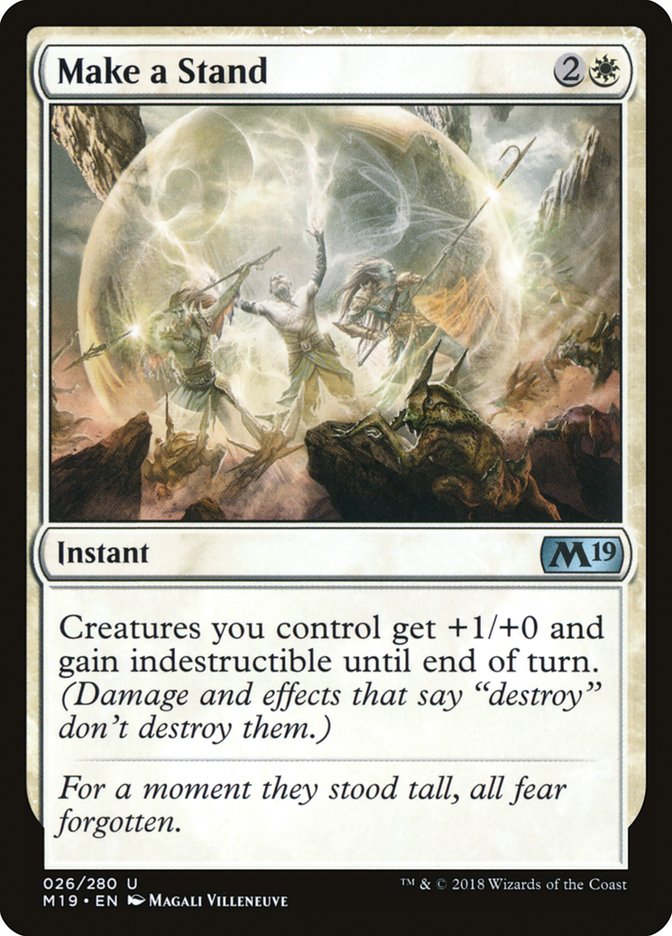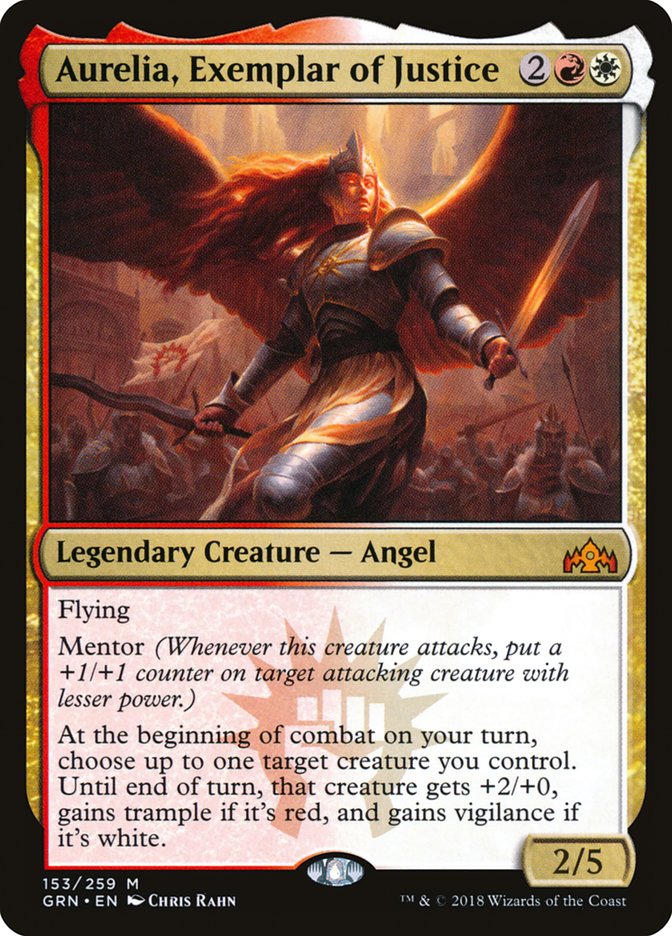I’m under the lights of the feature match arena in round 15 of the Pro
Tour. I have a win-and-in against Yuuya Watanabe. All that stands between
me and my dream of a Pro Tour top 8 is one of the all-time greats. It’s a
favorable matchup for me, but let me explain something to you: N obody is favored against Watanabe. We split the first two games.
Game 3 is close, but multiple Arclight Phoenixes and a Spell Pierce later,
the dream is dead. I resign myself to a top 16 finish. At best.
Pairings are posted for the next round, and I’m back in the feature match
area against Mark Jacobson to determine who will get the oh-so-lucky ninth
place. I’m devastated, but I refocus as best as I can under the
circumstances.
Suddenly, judges start grabbing players from the feature match area and
moving them to other matches. They tell us the software has incorrectly
paired three players who have already played in Constructed and that the
event staff is re-pairing these matches by hand. All of a sudden I’m no
longer drawing dead. Under the new pairings, all I needed was a win and two
other matches to break my way. Somehow, I defeated Mark Jacobson’s Dimir
Control deck, which featured maindeck copies of Golden Demise and
Ritual of Soot, both of which were blowouts against my deck containing
eighteen one-drops.
Sometimes to accomplish great things, one simply needs to do the
impossible. I entered that feature match arena happy to be playing for a
strong cash finish. I left it as a Pro Tour top 8 competitor with a chance
to play for it all on Sunday.
Flashback to 10:00pm Wednesday night before the Pro Tour, two hours before
decklists are due. I’m in a group call with former SCG Invitational
Champion Max McVety, Tyler Hill, and Matt Sikkink Johnson discussing the
final changes to our decklist. We’ve been locked on Boros Aggro for several
days, but the last few slots elude us. Ultimately, we settle on this list:
Creatures (26)
- 4 Adanto Vanguard
- 4 Skymarcher Aspirant
- 4 Snubhorn Sentry
- 4 Benalish Marshal
- 4 Dauntless Bodyguard
- 2 Healer's Hawk
- 4 Venerated Loxodon
Lands (20)
Spells (14)

I know LSV and company dislike this card, but my test group had the
complete opposite opinion. Venerated Loxodon generates free wins in every
matchup by making triple one-drop hands broken. It makes your deck more
resilient to sweepers both by living through them and by pushing smaller
creatures out of range of things like Goblin Chainwhirler and Fiery
Cannonade.
In the mirror, tapping your team can definitely be a cost when you’re
behind, but when you’re even or ahead, Venerated Loxodon is the best card
you can draw. Even when you’re slightly behind, a 4/4 blocker often stems
the bleeding enough for you to untap with an anthem on at least some of
your creatures. The Elephant is typically 8-9 power for zero mana – that’s
totally absurd.
Play four, never side them out, draw them as much as possible.
My team debated this decision a lot, but we ultimately came to the
conclusion that playing Heroic Reinforcements is wrong. While you a win a
substantial percentage of games you cast it, casting it on turn 4
consistently requires playing additional maindeck lands, typically at the
expense of one-drops. When your deck has eight expensive convoke spells,
one-drops are better than lands, for the most part. Additionally, even with
eight red sources, you’re not consistently able to cast Heroic
Reinforcements on four lands, and playing a maindeck Mountain is equally
unacceptable. Stay away.
I see Sunbhorn Sentry as a concession to the fact that people are ready for
Boros Aggro. In the wake of the MOCS, people had a ton of sideboard hate
for the deck. This weekend, the level of hate is only going to rise.
Snubhorn Sentry ignores cards like Golden Demise, Goblin Chainwhirler, and
Fiery Cannonade. Additionally, this deck frequently makes Snubhorn a 4/4.
Those stats are an important breakpoint for two reasons:
- It allows the Dinosaur to attack into Drakes.
- It allows it to live through Deafening Clarion.
While it’s true that the lifegain version of Boros Aggro is favored in the
mirror, I’m not sure it’s favored by enough to justify playing Ajani’s
Pridemate. Ultimately, the Cat Soldier still gets Conclave Tribunal’d, even
at a mana disadvantage, and in order to make space for it, you must cut
some combination of Venerated Loxodon, Conclave Tribunal, and Pride of
Conquerors, all of which are good to great in the mirror. The value over
replacement is simply not that high.
Furthermore, playing the lifegain version of Boros Aggro hurts you,
relative to my list, in almost every other matchup. After sideboard,
opponents will fill their decks with sweepers and removal. In the face of
this, Leonin Vanguard and Healer’s Hawk are both fairly embarrassing.
Unfortunately, some will be left in since you’ll never have enough
sideboard cards to cut the entire life gain package while maintaining a
critical threshold of one-drops.
I don’t think everyone who played less than four of Conclave Tribunal is
wrong, but I do think they’re giving up quite a bit. Conclave Tribunal is
good in every matchup, and it makes every one-drop in your deck better by
increasing the frequency with which they’re mana accelerants and also
helping you ascend ahead of schedule. Even against decks like Jeskai
Control, the main way you lose is to Crackling Drake plus Deafening Clarion
or an unanswered Lyra Dawnbringer.
Finally, LSV chose to play four copies of Conclave Tribunal in his 75. If
you’re going to play them in your 75 anyway, and they’re not bad against
anything in particular, it’s reasonable to just maindeck four copies and
conserve sideboard space.
While this is the first one-drop to get sideboarded out in most non-mirror
matchups, it’s also among the strongest one-drops in the mirror. Aside from
the obvious synergies with mass pump, the combination of flying and
lifelink helps you avoid trades to transform Legion’s Landing or enable
mass pump without compromising your life total. Additionally, I think in
game 1 it’s beneficial to have as many one-drops as possible to make your
deck sleek, focused, and brutally fast before sweepers become available.
I see Pride of Conquerors as a critical trump in the mirror in addition to
being strong against much of the metagme in game 1. The mirror is defined
by large combat phases and while Pride of Conquerors is certainly much
better when you’re ahead, a defensive Pride can actually save the day when
the battlefield gets wide enough. I think three copies of Pride of
Conquerors is not out of the question in game 1, but that strains the
sideboard since you so often need to cut them in subsequent games.
This card is embarrassing. Come on!
The Sideboard
This card is absurd. With so few lands and so many convoke spells, your
deck exploits Experimental Frenzy better than any other in the format. It’s
a dedicated anti-control card but it’s extremely effective at doing that. A
Jeskai Control opponent will need a sweeper almost every turn to survive as
long as it remains on the battlefield.
Another dedicated control card. When you have an active Experimental Frenzy
or are getting settled, it’s easy to end up with nine+ lands on the
battlefield with this deck. Experimental Frenzy is bad in multiples, so we
preferred a single copy of Banefire over the fourth copy of the powerful
enchantment.
The sad truth is that every Clifftop Retreat maindeck hurts this deck in
all matchups. I commonly keep one-land Legion’s Landing hands, which are
instant mulligans with Clifftop Retreat. In addition, any hand where the
lands consist of two copies of Retreat will make you want to retreat every
copy to the sideboard. I can imagine playing more maindeck if the sideboard
cards were sufficiently good, but the price is high. Note that in practice,
I never sideboard above 21 lands; the second Retreat is in the sideboard
only to improve the consistency of the deck in game ones while allowing
eight red sources after sideboard.
Response//Resurgence and Baffling End are very similar cards – both come in
for the mirror, both come in against Mono-Red Aggro and both come in
against Mono-Blue Aggro. The advantage of Response//Resurgence is that it
comes in against Boros Angels and is better vs Izzet Drakes while Baffling
End is better vs Mono-Red and the mirror. For the Pro Tour, we expected a
lot of Izzet Drakes and a smattering of Boros Angels, so we ended on the
more flexible card.
This is a dedicated anti-Golgari Midrange plan. I know many people did
poorly with Boros Aggro in this matchup, but our list had a very positive
record against Golgari Midrange over the course of the weekend. This
sideboard plan eats up a lot of slot but it’s very effective at what it
does.
These situational and expensive cards lead to stumbling in the mirror and
are beatable even when you have sufficient lands. Stay away.
I think Aurelia is amazing if you can cast in the mirror, but with only
eight red sources and so few lands, that is no small matter. If you must
play an expensive mirror breaker, play this one, but I’m not confident any
of them are good enough. The fact that Aurelia guarantees value before they
can Conclave Tribunal it matters a surprising amount.
VS Boros Aggro
Out:
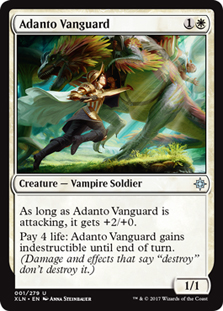


In:



The key to winning the mirror is simple: get ahead and stay ahead. Nearly
every card in this deck is better when you’re already winning. As a result
of this philosophy, I don’t recommend cutting one-drops, adding expensive
cards, adding extra lands, or doing anything else that makes your draw less
likely to play out smoothly. Adanto Vanguard is clearly the worst card in
the matchup, so it’s not unreasonable to have four cards to side in going
forward. But any more than that have major diminishing returns as the cuts
get hard quickly.
VS Golgari Midrange
Out:
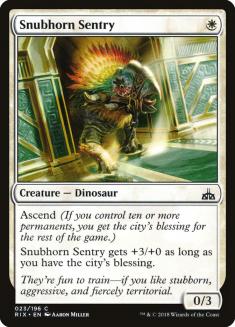



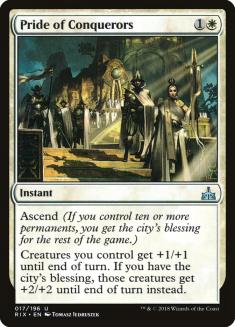

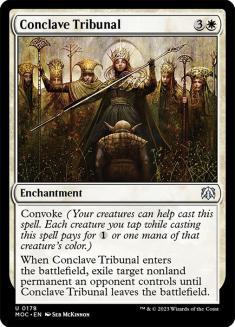


In:
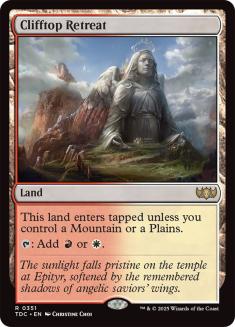
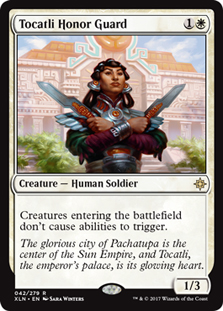



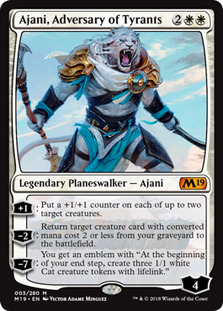



In game 1 Conclave Tribunal helps manage Wildgrowth Walker and Pride of
Conquerors allows you to break through their early creatures. After
sideboard, you have Tocatli Honor Guard to stop Wildgrowth Walker cold and
the game becomes about sweepers, so Pride loses a lot of value. Ajani
serves the dual purposes of living through wraths and recurring Tocatli
Honor Guard, all while dodging Vivien Reid, Vraska, Relic Seeker, and
Assassin’s Trophy. It’s substantially superior to Experimental Frenzy here.
Out:


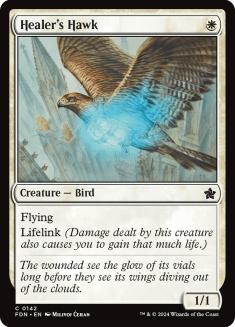


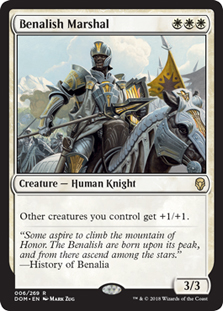



In:

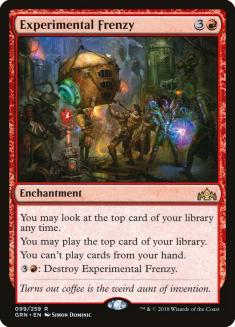



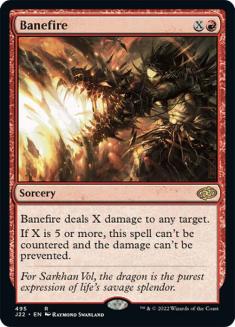



The four-drops are all amazing, but you can only afford to have so many
expensive cards. Benalish Marshal is only good here when it sets up a large
mid-game attack that gets the opponent low so you can finish them through a
sweeper or forces the early game tapout so you can resolve Experimental
Frenzy. Both use cases are fairly situational. If your opponent doesn’t
have Settle the Wreckage in their deck, either because they’re a non-white
control deck or because they have chosen to eschew it, I recommend leaving
out Banefire in favor of a second Ajani.
VS Mono-Red Aggro
Out:
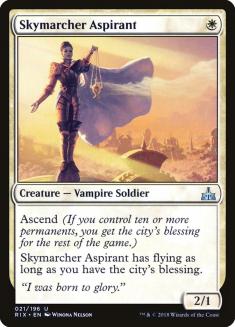






In:







This matchup revolves around one card – Goblin Chainwhirler. To beat it,
you need to both mitigate its enters the battlefield ability and deal with
the brick wall that is its body. Tocatli Honor Guard and Venerated Loxodon
do the former and Reponse does the latter. Response is especially important
given that you’ll often need to spend Conclave Tribunal on Experimental
Frenzy. I’m aware that having both Venerated Loxodon and Tocatli Honor
Guard in your deck can be awkward, but ultimately, I think it’s important
to maximize your odds of drawing one or the other in this matchup. While
the lifegain list cannot win in this matchup, my list stands a fighting
chance.
VS Izzet Drakes
Out:



In:



Izzet Drakes is a highly favorable matchup. Don’t get blown out by Fiery
Cannonade, be cognizant of your life total with Adanto Vanguard, and hold a
Conclave Tribunal for Murmuring Mystic if you can (it’s among their best
sideboard options). Mostly, though, just cast your spells and win.
Changes Moving Forward
This weekend I expect a huge amount of hate for the various white decks,
but the deck’s raw power level is higher than anything else in Standard,
and I think it can survive even under fire. Almost all this hate is blunted
by the likes of Venerated Loxodon and Snubhorn Sentry, another reason I
recommend playing my list over the lifegain versions.
The only changes I’m confident about are cutting the sideboard Banefire and
two Response for three Baffling End. With Boros Angels gone from the
metagame and Ajani’s Pridemate on the rise, I think Baffling End will be
critical. The existence of Wilson Mok’s Jeskai Control list that contains
zero copies of Settle the Wreckage combined with the growing popularity of
black control makes Banefire much worse. I will admit that I’m
experimenting with an Aurelia, Exemplar of Justice as additional mirror
breaker, but I’m not sure whether it will end up in my final 75.
The Top 8
I’ve never struggled with nervousness prior to this in my life. One of my
biggest strengths as a Magic player is my ability to be calm under
pressure. But that night I barely slept. I had dreamed of this moment, but
I never believed it would really come.
I didn’t stop being nervous until the first card was cast. Suddenly, it hit
me: this was just another match of Magic. The right play doesn’t change
whether there are bragging rights or $30,000 on the line. Everything felt familiar again. From there, I was all business and
that business took me all the way to the finals.
The Finals
I spent almost the entire finals certain I was going to lose. LSV got to go
first, was favored in the matchup, and is one of the best players ever to
pick up a Magic card. To some extent this realization was freeing. I was
going to lose, so I might as well play my best. Sometimes your opponent has
you dead to rights. Sometimes you must beat Dredge with no sideboard cards.
Sometimes you need to beat Burn from one life point. Sometimes the only way
to win is to do the impossible and on Sunday, I did exactly that.
Two events of incredibly low probability occurred that day:
- A master mulled to four.
- I won a Pro Tour.


